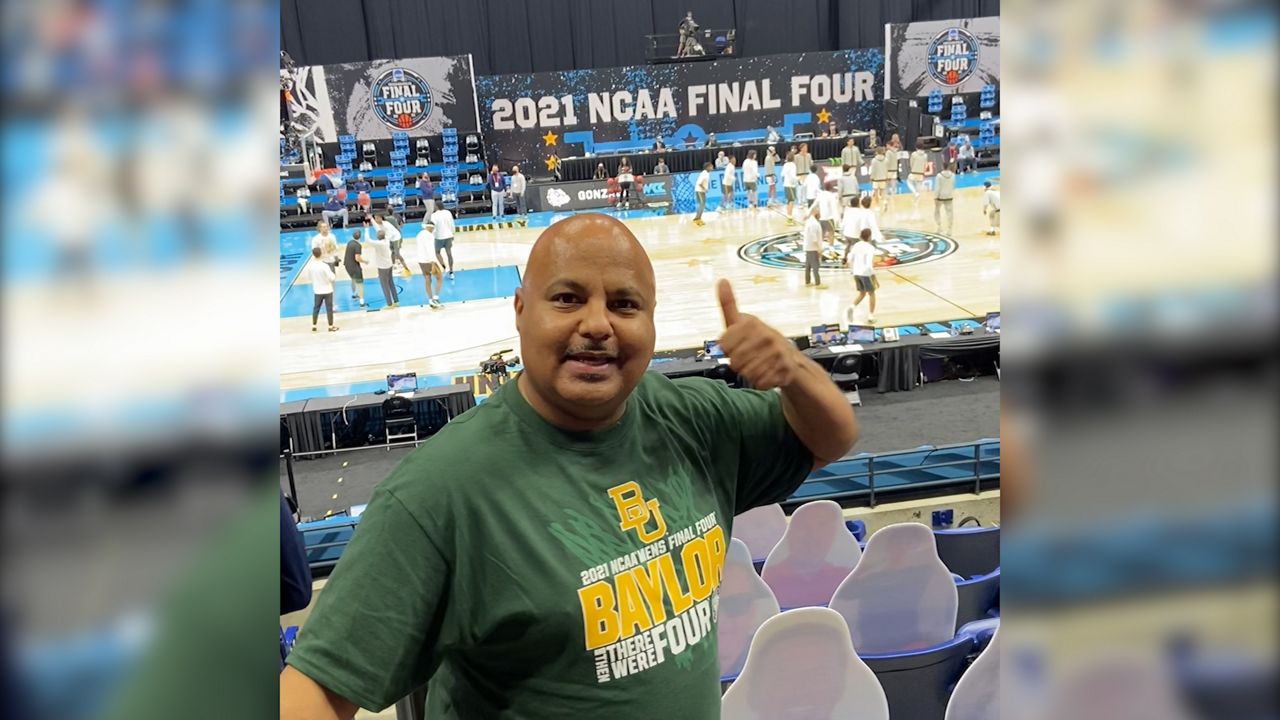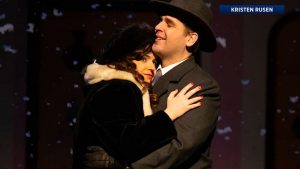Minneapolis police are taught to restrain combative suspects with a knee on their back or shoulders if necessary but are told to “stay away from the neck when possible,” a department use-of-force instructor testified Tuesday at former Officer Derek Chauvin’s murder trial.
What You Need To Know
- Minneapolis Police Sgt. Ker Yang testified Tuesday that Derek Chauvin underwent training in 2016 and 2018 on how to defuse tense situations with people in crisis
- Yang said officers are taught to make critical decisions in dealing with people in crisis, including those suffering mental problems or the effects of drug use, and then de-escalate the situation
- Chauvin is charged with murder and manslaughter – prosecutors say he continued to kneel on Floyd’s neck for 9 minutes, 29 seconds, after he was handcuffed behind his back and lying on his stomach
- Chauvin’s lawyer has argued that Chauvin “did exactly what he had been trained to do over his 19-year career”; Chauvin has pleaded not guilty to all charges
Lt. Johnny Mercil became the latest member of the Minneapolis force to take the stand as part of an effort by prosecutors to dismantle the argument that Chauvin was doing what he was trained to do when he put his knee on George Floyd’s neck last May.
Several experienced officers, including the police chief himself, have testified that Floyd should not have been kept pinned to the pavement for close to 9 1/2 minutes by prosecutors’ reckoning as the Black man lay face-down, his hands cuffed behind his back.
According to testimony and records submitted Tuesday, Chauvin took a 40-hour course in 2016 on how to recognize people in crisis — including those suffering mental problems or the effects of drug use — and how to use de-escalation techniques to calm them down.
Sgt. Ker Yang, the Minneapolis police official in charge of crisis-intervention training, said officers are taught to make critical decisions in dealing with people in crisis, including those suffering mental problems or the effects of drug use, and then de-escalate the situation. Prosecutor Steve Schleicher said records show that Chauvin attended a 40-hour course on the method in 2016.
“When we talk about fast-evolving situations … a lot of the time we have the time to slow things down and reevaluate and reassess and go through this model,” Yang said.
Records also show that Chauvin took in-service training in the use of force in October 2018. Mercil said those who attended were taught that the sanctity of life and protection of the public are the cornerstone of the department’s use-of-force policy.
He also said officers were taught that restraint is considered force and that they must use the least force required because “it’s safer and better for everybody involved.”
Schleicher showed a still image taken from bystander video of Chauvin with his knee on Floyd’s neck — one that jurors have seen several times — and asked Mercil: “Is this a use of force?”
“Yes sir,” Mercil replied.
Under cross-examination by Chauvin attorney Eric Nelson, Mercil testified that officers are trained in some situations to use their knee across a suspect’s back or shoulder and employ their body weight to maintain control.
But Mercil added: “We tell officers to stay away from the neck when possible.”
Nelson has argued that the now-fired white officer “did exactly what he had been trained to do over his 19-year career,” and he has suggested that the illegal drugs in Floyd’s system and his underlying health conditions are what killed him, not Chauvin’s knee.
In fact, Nelson sought to point out moments in the video footage when he said Chauvin’s knee did not appear to be on Floyd’s neck.
Nelson showed Mercil several images taken from officers’ body-camera videos, asking after each one whether it showed Chauvin’s knee appearing to rest more on Floyd’s back, shoulder or shoulder blades than directly on Floyd’s neck. Mercil often agreed.
Nelson acknowledged the images were difficult to make out. They were taken at different moments during Floyd’s arrest, starting about four minutes after he was first pinned to the ground, according to time stamps on the images.
In other testimony, Jody Stiger, a Los Angeles Police Department sergeant serving as a prosecution use-of-force expert, said officers were justified in using force while Floyd was resisting their efforts to put him in a squad car. But once he was on the ground and stopped resisting, “at that point the officers … should have slowed down or stopped their force as well.”
Stiger said that after reviewing video of the arrest, “my opinion was that the force was excessive.”
Nelson has further argued that police at the scene were distracted by what they perceived as a growing and increasingly hostile crowd of onlookers.
Under questioning from Nelson, Yang testified that people watching an arrest may also be in crisis and that officers have to take in the situation around them as well.
Chauvin had been certified to perform CPR, and Minneapolis Officer Nicole Mackenzie, who trains members of the force in medical care, testified Tuesday that department policy required him to start aid before paramedics arrived, if possible.
Officers kept restraining Floyd — with Chauvin kneeling on his neck, another kneeling on Floyd’s back and a third holding his feet — until the ambulance got there, even after he became unresponsive, according to testimony and video footage.
The officers also rebuffed offers of help from an off-duty Minneapolis firefighter who wanted to administer aid or tell officers how to do it.
“Have you have ever had a circumstance where an individual has lost their pulse and suddenly come back to life and become more violent?” prosecutor Steve Schleicher asked Mercil, suggesting that Floyd was held down long past the point where he might be a threat.
“Not that I’m aware of, sir,” Mercil replied.
Instead of protecting a fellow officer in what is sometimes called the “blue wall of silence,” some of the most experienced members of the Minneapolis force – including the police chief and the head of the homicide division — have taken the stand to openly condemn Chauvin’s treatment of Floyd.
On Monday, Police Chief Medaria Arrondondo, who called Floyd’s death “murder” soon after it happened, testified that Chauvin had clearly violated department policy on a number of counts and used excessive force.
Arrondondo said continuing to kneel on Floyd’s neck once he was handcuffed behind his back and lying on his belly was “in no way, shape or form” part of department policy or training, “and it is certainly not part of our ethics or our values.”
Arradondo, the city’s first Black chief, fired Chauvin and three other officers the day after Floyd’s death.
Chauvin, 45, is charged with murder and manslaughter in Floyd’s death May 25. The 46-year-old Black man was pinned to the pavement outside a neighborhood market after being accused of trying to pass a counterfeit $20 bill for a pack of cigarettes. Chauvin has pleaded not guilty to all charges.
Floyd’s treatment by the white officer was captured on widely seen bystander video that sparked protests around the U.S. that descended into violence in some cases.




